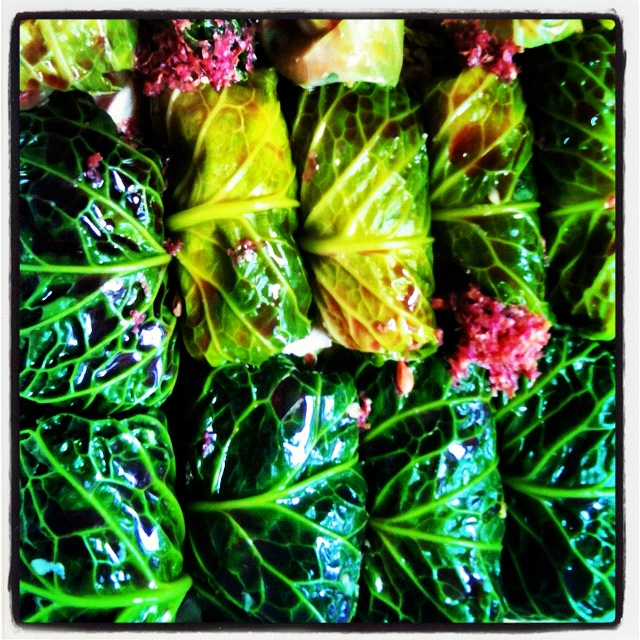In a recent yoga training, we discussed in-depth the concept of duality. In the context of spirituality, it is often synonymous with a dichotomy such as right versus wrong, or good versus evil. Yoga—which literally means to “yoke”—is all about overcoming these everyday dualities through union. Broadly extrapolating this concept, I’d say we create these black and white scenarios in all aspects of our lives. Consequently, our understanding of things like good nutrition and optimal exercise becomes limited to extremes, and excludes the important acknowledgment and application of moderation. Moderation is a theme I will often come back to in this blog. On this sunny fall afternoon, however, I’d like to focus in on protein and carbs.
In the health world, more often than not, carbs are demonized as the enemy of a lean, mean physique. Diets like Atkins and South Beach expound varying degrees of anti-carb sentiments. From the kitchen in my office to the lounge area at my yoga studio, I overhear people all the time boasting about how they haven’t touched a carb in a week, or ate nothing but chicken breasts and steamed broccoli for dinner last night (boring!). Their audience inevitably nods in complicit condemnation of these evil nutrients and most likely has gnawing guilt over the delicious Taylor’s sub or Georgetown cupcake they devoured that day.

Here’s where I’d like to weigh in: carbs are not the enemy. In fact, I hate to break it to you, but carbs, fat and protein can all make you gain weight. That’s because our cells can only take so much of any one nutrient before they reach capacity and store the surplus as fat. Therefore carbs are not necessarily the culprit. Instead, overeating–i.e. excess calories–is what’s gonna get you every time. Moreover, if you’re an athlete, or do daily endurance or high-intensity exercise, your body needs carbs. They are the body’s first go-to for energy when you hit the field, pavement or mat and will be key to your performance.
That being said, not all carbs are created equal. Research indicates it’s best to limit high-glycemic index (HGI) carbs–think candy, cookies, and anything white and doughy. This is because your body burns through those in no time, rapidly leaving you lethargic and hungry. On the other hand, low-glycemic index (LGI) carbs–think most fruits and veggies, yogurt, beans and quinoa–are often fiber-filled and take much longer to break down, warding off hunger and keeping your energy levels up for a longer period of time. Post workout, your body needs to replenish its glycogen levels, so either go for LGI carbs or combine healthier HGI carbs with lean protein (e.g. a mango banana smoothie with protein powder). For athletes those options truly are six-of-one/half-dozen-of-another, as you don’t really have to worry about HGI carbs. For the rest of us, when it comes to recovery, I’d recommend sticking with LGI carbs whenever possible. Tip: for post-yoga refueling I make sure to pack an apple or banana (which, p.s., is a borderline HGI fruit) to tide me over until I can get a good, balanced meal in.
For more info on the differences between HGI and LGI fruits or veggies, click here.
In my opinion, the most important thing to keep in mind is that while these are sound nutrition principles worth understanding, life has to be about moderation. I love bread. I eat toast almost every morning, bake my own loaves on the weekends (recipe to come!) and even do the inexplicable Italian thing of eating bread with my pasta. If you truly dislike carbs or have a gluten allergy then, absolutely, steer clear. Otherwise, if you’re more like me, don’t go cold turkey because your diet will be unsustainable. Fuel your body’s daily needs with good carbs and savor those tastier treats periodically. Life is to be enjoyed.






